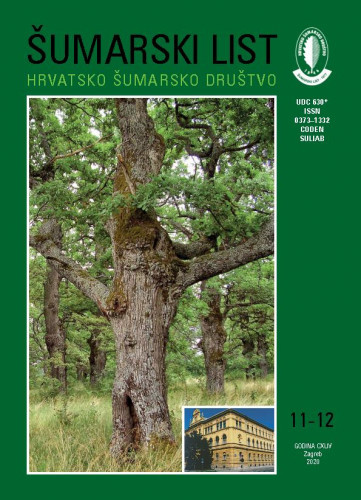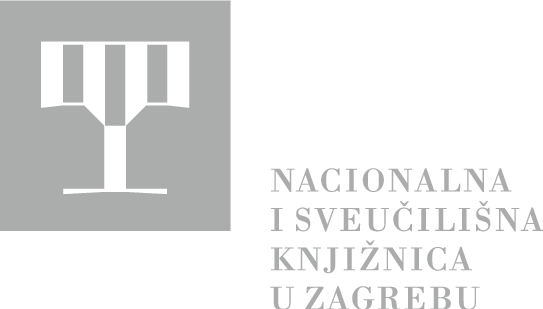U većini europskih zemalja ne postoje pouzdana saznanja o zastupljenosti i ulozi žena u šumarstvu. Lewis (2005) navodi da su u SAD-u, u šumarstvu 1981. godine u tehničkom radu zaposleno 17,5%, a u administraciji 31,8%, 1991. godine je zaposleno u tehničkom sektoru 33,5%, a u administraciji 32,7%. Na Univerzitetu u Sarajevu prva žena stekla je diplomu inženjera šumarstva 1955. godine, iduće godine dvije žene, a 1957. pet žena. Anketno istraživanje provedeno je u cilju utvrđivanja zastupljenosti žena u šumarstvu, kao i pokušaja razumijevanja osnovnih razloga odabira ove profesije, s ciljem eventualnih poboljšanja uvjeta ili motiviranja novih generacija žena u šumarstvu. Uzorak je činilo 78 ispitanica, koje su uposlenice poduzeća: “Bosanskohercegovačke šume” Federalno ministarstvo poljoprivrede, vodoprivrede i šumarstva, Srednjobosanske šume d.o.o. Donji Vakuf, Unsko – sanske šume d.o.o. Bosanska Krupa, Zeničko - dobojske šume d.o.o. Zavidovići, KJP ,,Sarajevo-šume d.o.o. Sarajevo, JPŠ ” Šume Republike Srpske” a.d. Sokolac. Stalno zaposlenih žena sa diplomom Šumarskog fakulteta u Federaciji je 83, a u Republici Srpskoj 151. Samo u Šumama SBK rade žene sa SSS-III stupnja šumarske struke, što ukazuje da ne postoji interes za obavljanje takvog posla. Tijekom studije anketirano je ukupno 78 žena zaposlenih u šumarstvu, od čega je 19 završilo poljoprivrednu ili šumarsku školu, što čini ¼ u odnosu na žene koje su završile druge srednje škole. To ukazuje da je šumarstvo kao struka privlačnije ženama koje su završile druge srednje škole npr. umjetničke škole ili druge tehničke škole. Od 1981.godine šumarstvo postaje interesantnije ženama, od 522 diplomanta, 142 su žene. U Federaciji devet žena se nalazi na rukovodećim pozicijama, a u Republici Srpskoj 21.; In most European countries, there is no current knowledge of the representation and role of women in forestry. According to a study by Lewis (2005), conducted in the US, results in 1981 were 17.5% in technical work and 31.8% in administration, 1991 data indicate that 33.5% in the technical sector and 32.7% in the administration. First degree to a female at the UNSA was awarded back in 1955, while two other females graduated year leter. In 1957 total five females gratuted form the University of Sarajevo. The poll was implemented to understand how many women were part of the Forestry Department and their reasons for choosing forestry as a profession. The sample consisted of 78 respondents, who are employed by the following companies: The Federal Ministry of Agriculture, Bosnia and Herzegovina forests, Central Bosnia Forests LLC Donji Vakuf, Una Sana Forests LLC Bosanska Krupa, Zenica-Doboj Forests LLC Zavidovici, KJP Sarajevo-Forests LLC Sarajevo, Forests of the Republic of Serbian LLC Sokolac. There are 83 full-time employed women with degrees from the Faculty of Forestry in the Federation of BiH and 151 in the Republic of Serbian. Only SBK women are employed by HSE – III forestry profession, indicating that there is no interest in doing this job. 19 women out of the total number of 78 respondents have completed agricultural or forestry education, which is only one quartercomparing with the number of women who have completed some other secondary school. This indicates that forestry as a profession is more attractive to women who have graduated from other high schools, e.g. liberal arts schools or other technical schools. Since 1981, forestry has become more intense for women, out of 522 graduates, 142 are women. In the Federation, nine women hold leadership positions, in the Republic of Serbian 21.
Sažetak

 Šumarski list : znanstveno-stručno i staleško glasilo Hrvatskoga šumarskog društva = journal of the Forestry Society of Croatia = Zeitschrift des Kroatischen Forstvereins = revue de la Societe forestiere Croate : 144, 11/12(2020) / glavni urednik Josip Margaletić.
Šumarski list : znanstveno-stručno i staleško glasilo Hrvatskoga šumarskog društva = journal of the Forestry Society of Croatia = Zeitschrift des Kroatischen Forstvereins = revue de la Societe forestiere Croate : 144, 11/12(2020) / glavni urednik Josip Margaletić.